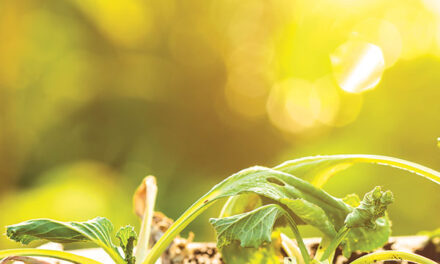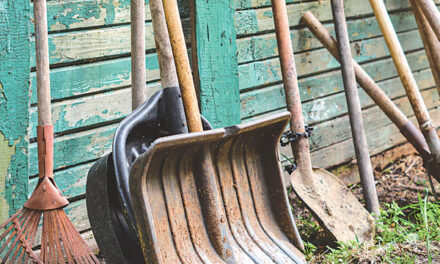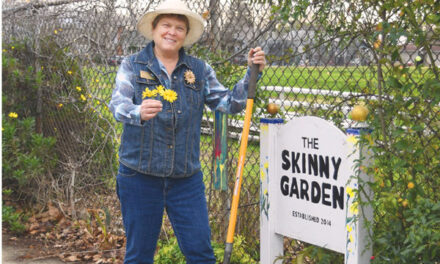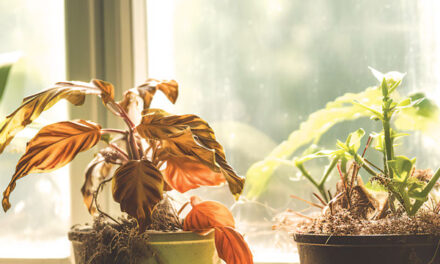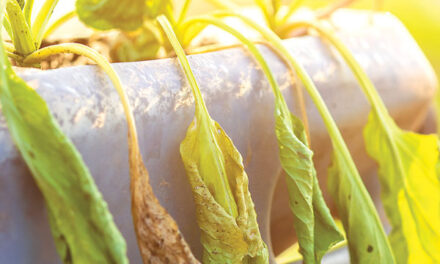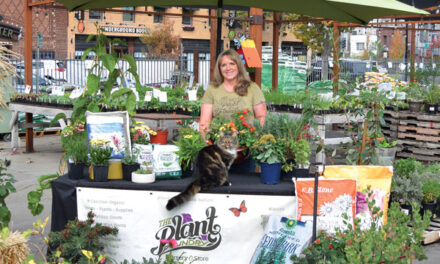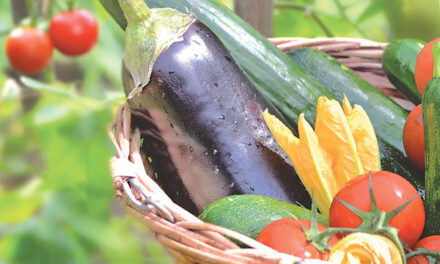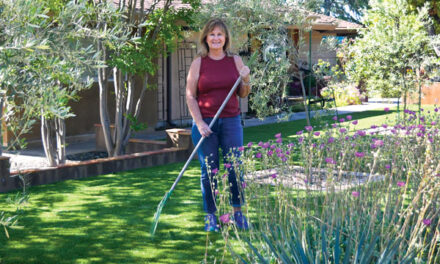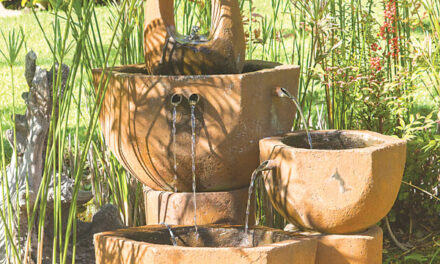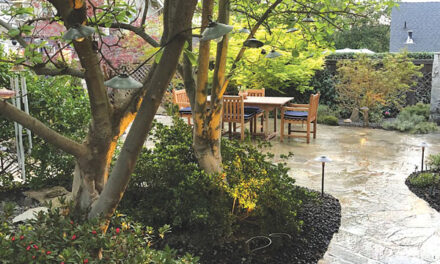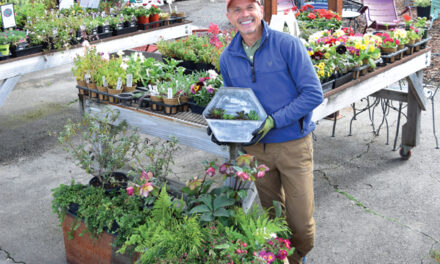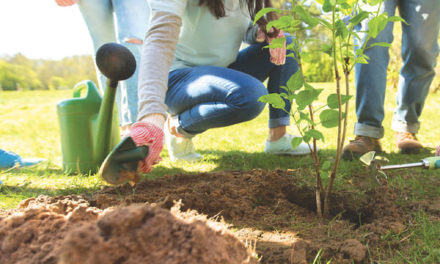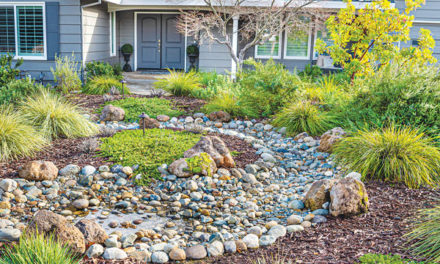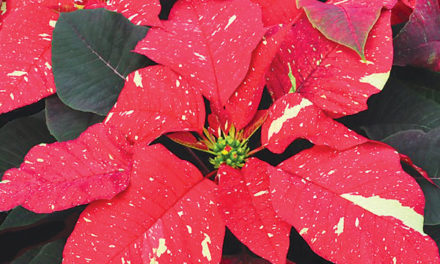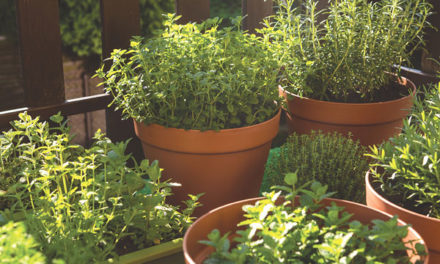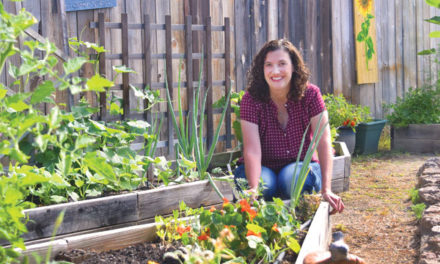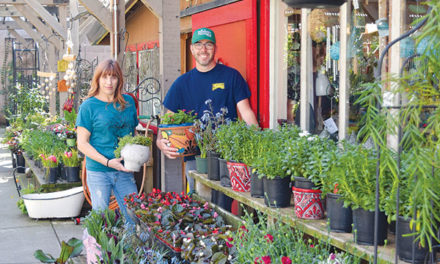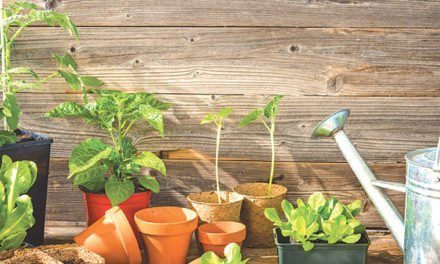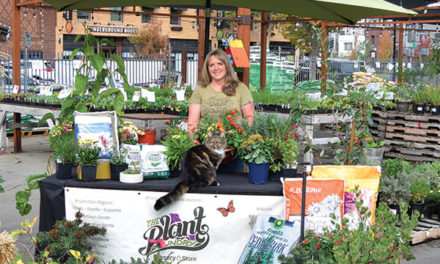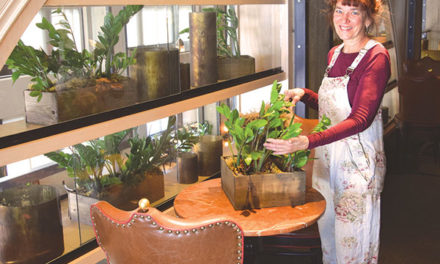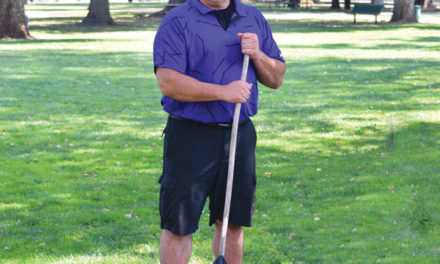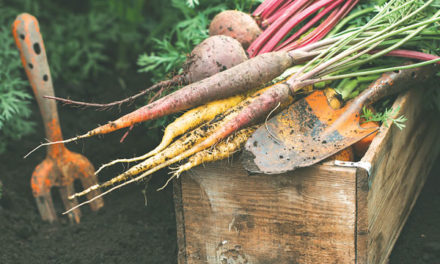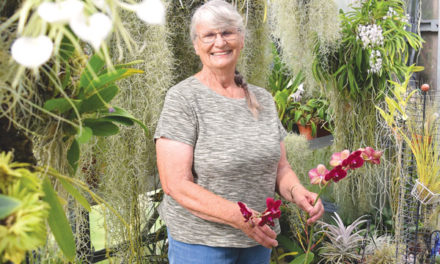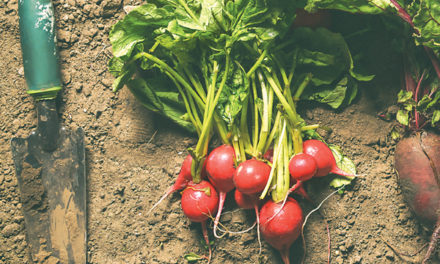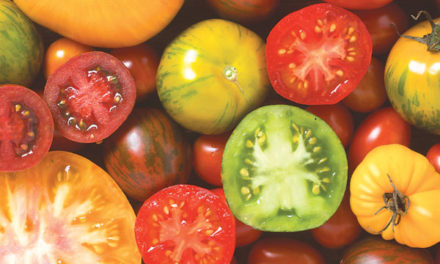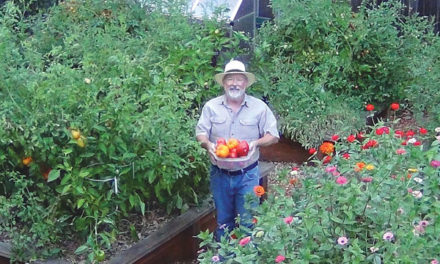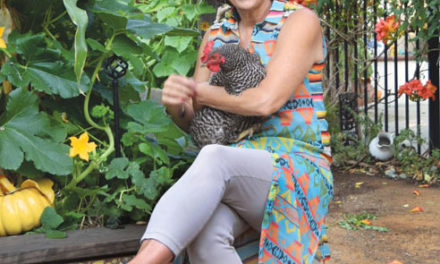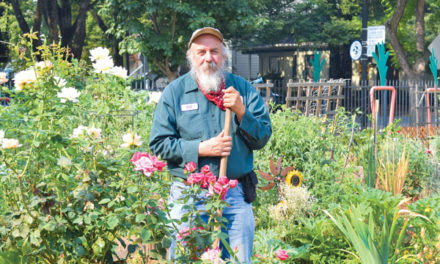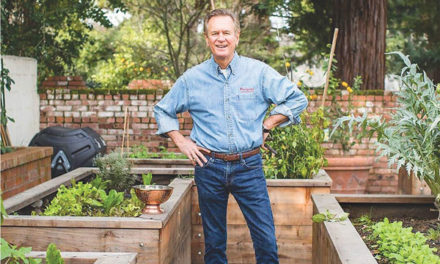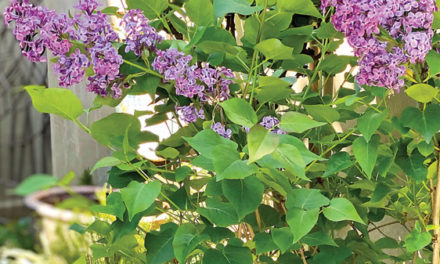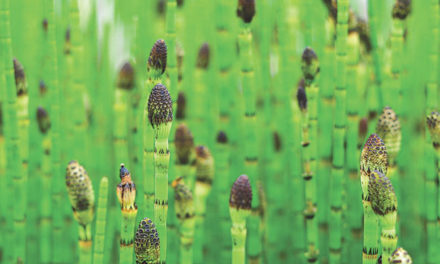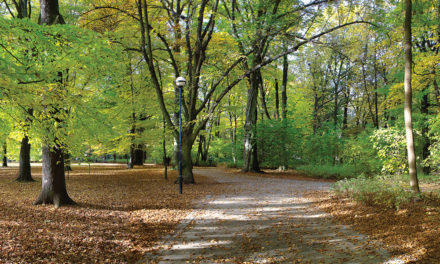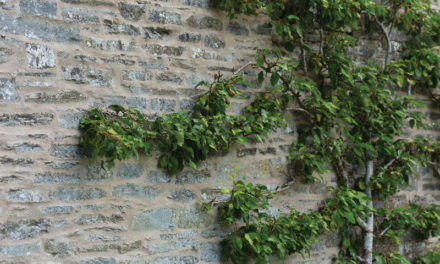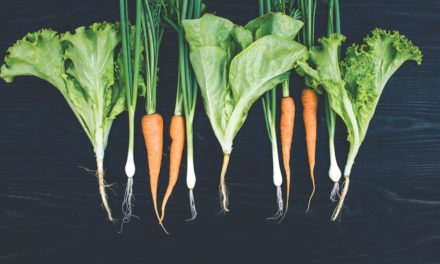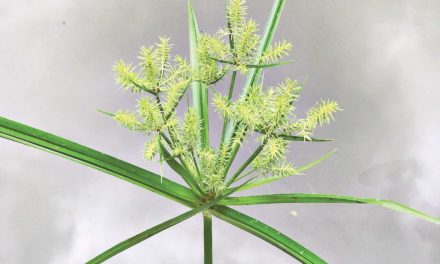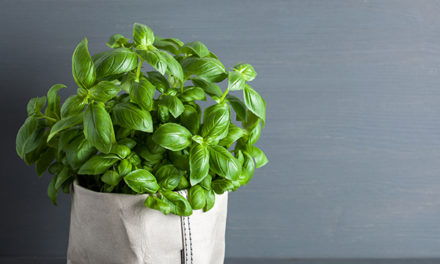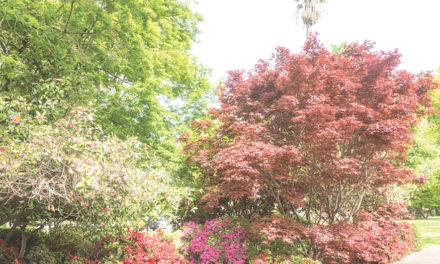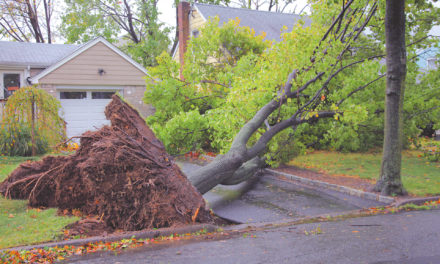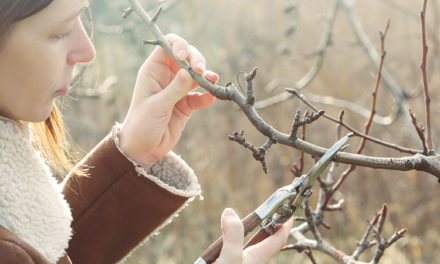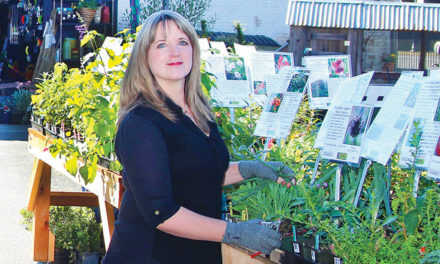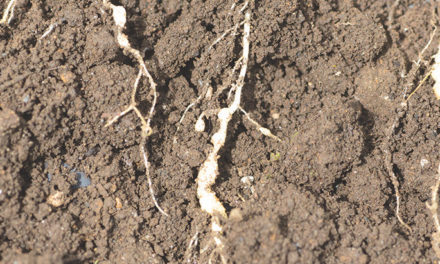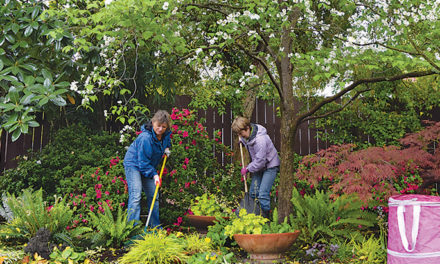Nematode Nemesis
Prevention helps curtail underground enemies
By Anita Clevenger
August 2018
Have your tomatoes or other vegetables started wilting in the middle of the day, even though the soil is moist? Are their leaves yellowing or undersized? Have the plants stopped growing and producing? The problem may be underground. When you remove a puny plant, gently rinse off the soil and examine its roots. If they are thickened, with pearly white nodules growing on them, your soil is probably infested with root-knot nematodes. That’s bad news because it’s virtually impossible to get rid of this lurking menace. You can find ways to grow a good crop, but it will take some strategy and effort.
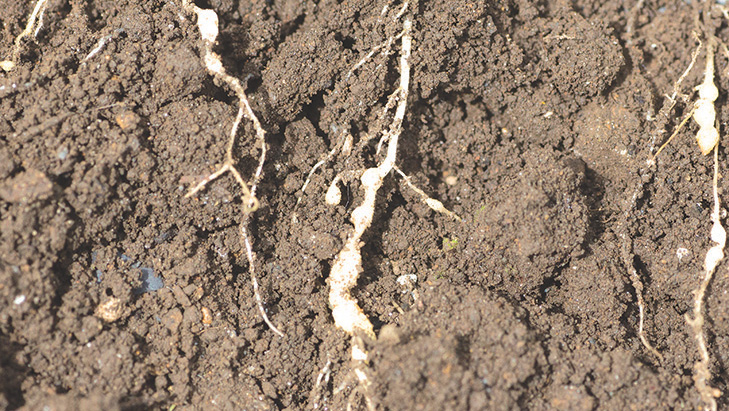
Nematodes, invisible to the naked eye, are microscopic roundworms that live in the soil. Some are beneficial, consuming pesky pests. A few, notably root-knot nematodes, are our gardens’ enemies. They are most prevalent in sandy, moist soil where there is food for them to eat. Unfortunately, they feed on the roots of most kinds of vegetables and many other plants, including weeds, ornamentals, and fruit and nut trees. In warm climates like Sacramento’s, their eggs survive winter and hatch when the soil warms. Juveniles feed on plant roots, which respond by enlarging their cells. Females lay eggs in a mass that extends through the root surface and into the surrounding soil. Nematode-infested roots can’t take up water and nutrients, so plants decline or even die.
As with every problem, prevention is best. Nematodes are introduced by infested soil or plants. Avoid moving plants and soil from infested areas, and be aware that if
somebody gives you a plant from their garden, it may bring invisible enemies along. Plants from commercial sources are probably safe, but it’s wise to examine new plants for telltale nodules before putting them into the ground. If some of your garden has nematodes, but not all, clean your tools so you don’t spread them and make sure that irrigation water doesn’t run off.
No chemicals are available to home gardeners that kill nematodes. Soil solarization will temporarily reduce their population about a foot below the surface. (Soil solarization is a nonchemical method to control soilborne pests by capturing radiant energy from the sun to heat the soil.) This will give you a year or two to garden in the space before the population builds again. It’s not too late to solarize this year, but time is running short since you need six weeks of intense sun. Instructions are available from the UC Master Gardeners (see note below).
You can buy nematode-resistant varieties of some vegetables. There are many tomatoes that not only resist nematodes, but also diseases such as verticillium and fusarium wilt. Look for the letters “VFN” on their labels. If you have nematodes, plant favorite garden hybrids such as Sungold, Celebrity, Ace, Better Boy and Early Girl. Unfortunately, heirloom tomatoes are not resistant.
Nematode populations will reduce if there is nothing for them to eat. Planting resistant varieties will help. Keeping the soil bare (a process called fallowing) for a year will reduce the population enough to grow a good crop the following season. When fallowing, keep the soil moist to induce egg hatch. Don’t allow weeds and other plants to grow in the area where you are trying to starve them out.
Some plants suppress nematodes. One variety of French marigold, Tangerine, has been found to be effective against all kinds of root-knot nematodes. You can order seeds online if you can’t find them in local stores. Harvest their flowers to prevent the seeds from spreading. Turn the marigolds under the soil to maximize their effect and increase the organic matter in the soil. Other cover crops and organic soil amendments will help deter nematodes and build healthy soil.
Planting veggies early or late in the season, when the soil is cooler, is best. This increases the chance that healthy roots will establish before nematodes are active. Feed and water your plants well. Pull out potentially infested plants as soon as you harvest to reduce the amount of roots that they can feed on. Don’t compost infested plants—some sites recommend burning them, but bagging and disposing should suffice.
I have fought nematodes in my home garden for more than a decade, ever since I purchased a sandy soil-compost mix to fill raised planting beds. Apparently, nematode eggs came along for the ride. Using all of these techniques, I’ve managed to grow enough homegrown tomatoes for the addicts in my family. I watch the plants closely, examine their roots with bated breath at the end of each season, and renew the battle whenever needed. You can negate the nematode nemesis, too.
Anita Clevenger is a Sacramento County UC Master Gardener. For answers to gardening questions, including more information about nematode control and how to solarize soil, call (916) 875-6338 or visit sacmg.ucanr.edu. Sacramento’s premiere gardening event, Harvest Day, is Saturday, Aug. 4, from 8 a.m. to 3 p.m. at the Fair Oaks Horticulture Center. Enjoy lectures, educational tables, demonstration gardens and the opportunity to consult with Master Gardeners.






